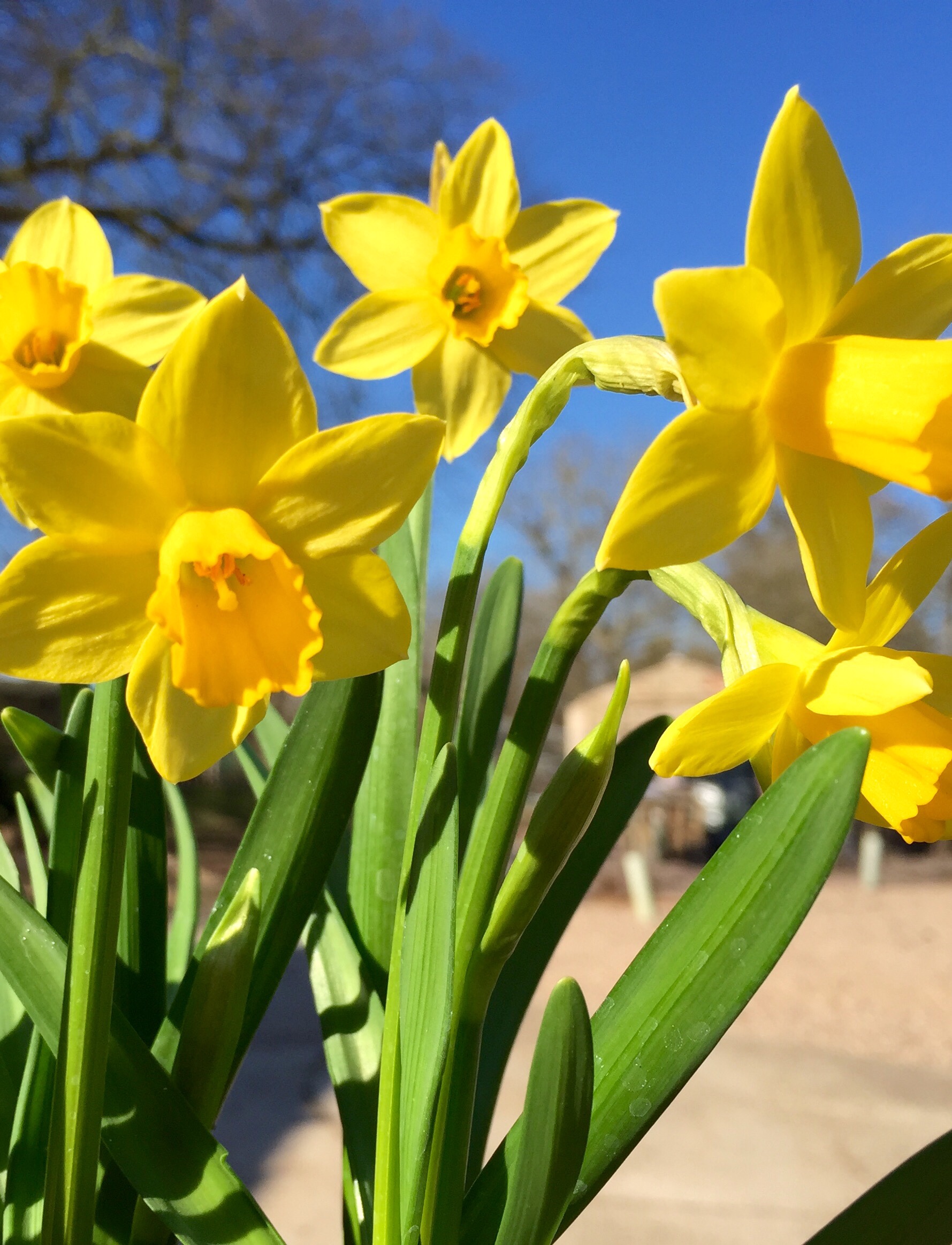
Signs of Spring
Many of us, at least those of us in the Northern Hemisphere, will be starting to tire of the dark and the cold by now and are eagerly awaiting the change of season. Spring is associated with new life – from snowdrops in the hedgerows, to crocuses and daffodils lining pathways and verges, to newborn lambs gambolling in the fields. New life opens the opportunity for fresh starts and with them comes hope. If you are anything like me, you will delight in spotting the first green shoots peeking up and out through the soil, the first new buds forming on tree branches and the stunning colours of the tulips as they burst into flower. So what does all this have to do with our health and wellbeing…..?
Positive Emotions
Noticing and appreciating positive things in our environment has been shown to help us experience more positive emotions, more often. By literally stopping to smell the roses and being thankful for our ability to see, hear and smell the seasonal changes, we begin to shift our brain’s default negativity bias. The more positives we purposefully take notice of, the more positives our brains start to automatically look for, thanks to something called our Reticular Activating System. When we notice things that give us hope, help us to feel grateful, make us feel inspired or relax into serenity – all the wonderful emotions that Spring can bring – we experience a boost of positivity. Not only does this uplift our wellbeing in the moment, but can also improve our mental health and resilience over the longer term.
Upward Spirals
Thanks to the brilliant research of Barbara Fredrickson and her team at the PEP lab in North Carolina, we know that regularly experiencing positive emotions can help to build resources – psychological (e.g. self-esteem); physical (e.g. cardiovascular health); intellectual (e.g. problem solving) and social (e.g. making connections), which are vital for our wellbeing. These resources feed into each other, so that they amplify each other in an upward spiral.
So – if we stop to take notice of, smell and appreciate the cherry blossom on the tree in the car park on the way into work, we might experience joy, gratitude and hope. This boost of positivity might then broaden the scope of our attention, so that we are able to more easily address a tricky problem when we get into work. And solving that issue, with and for the benefit of colleagues, might then strengthen our relationships with people on whom we may need to rely in the future.
Positive Habits
The more we decide to notice and appreciate the little but important positives around us, the more our brains will begin to seek and log those positives; the more positive emotions we will then feel; the more we will build our resources and so the more we will improve our levels of wellbeing and resilience.
So think, the next time you are hurrying past the bluebells in a mad rush to be somewhere else, think what benefits could be in store for you, by stopping for just two minutes to admire their delicate beauty……
References: Fredrickson, B, (2011). Positivity. Oneworld Publications.

